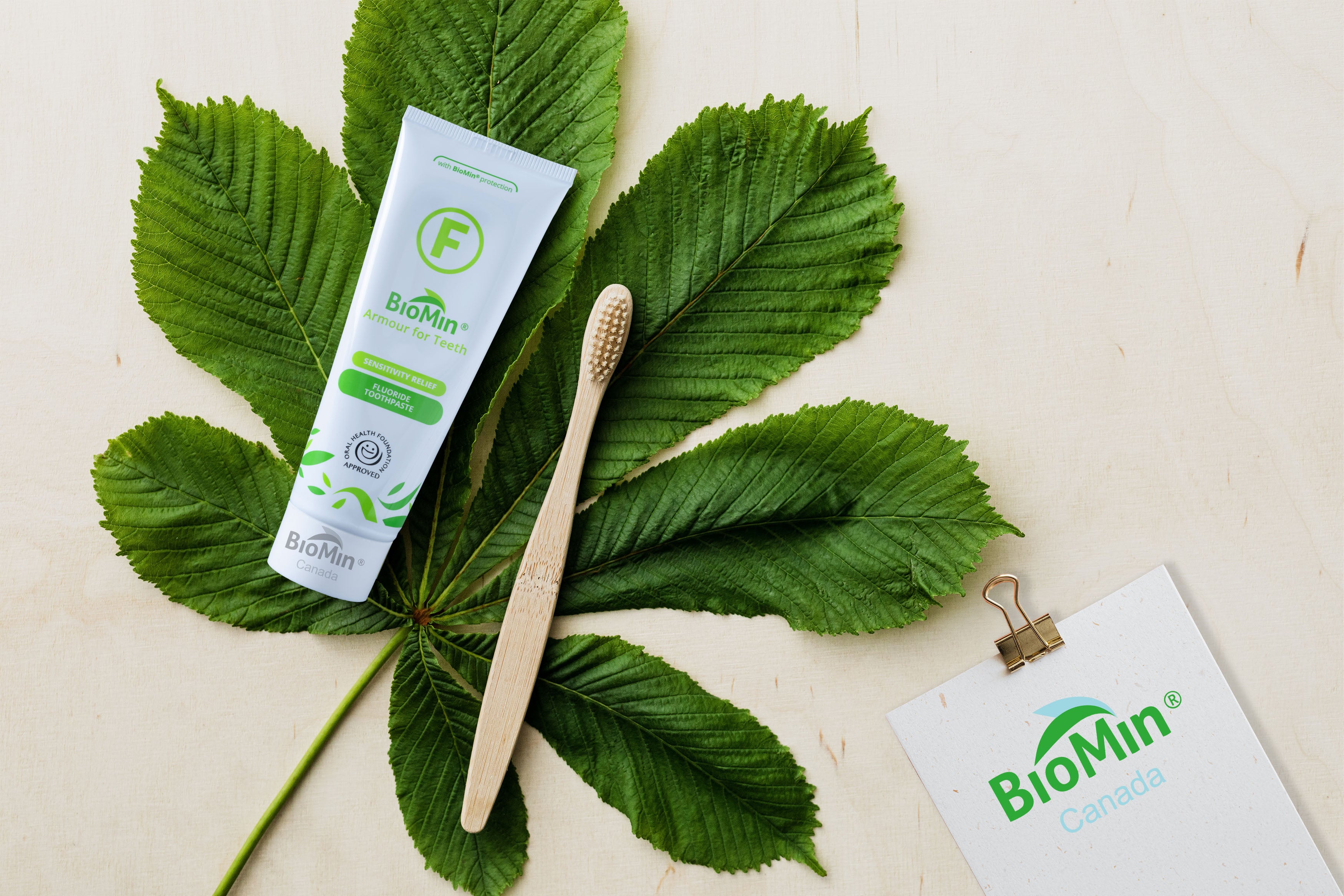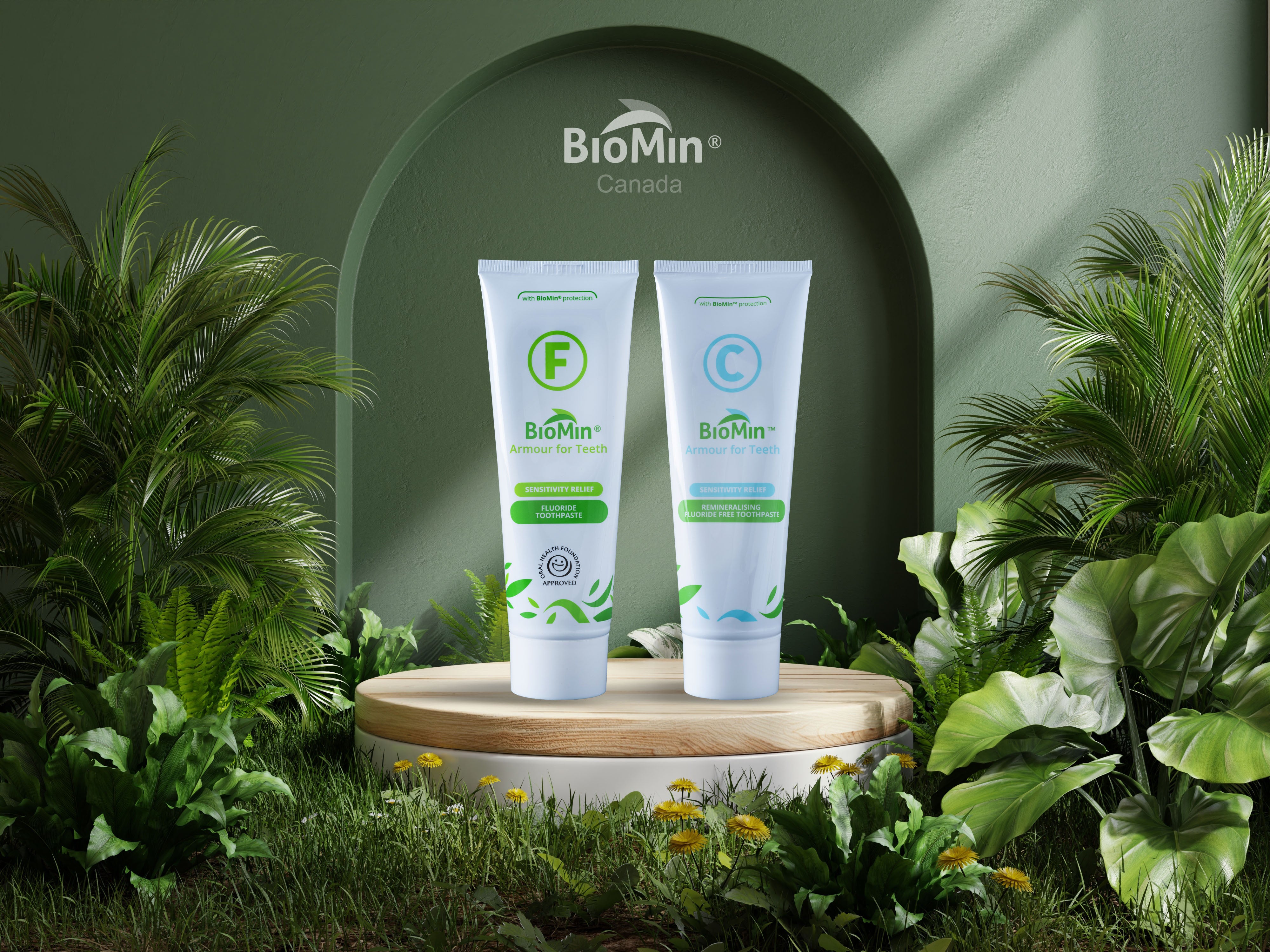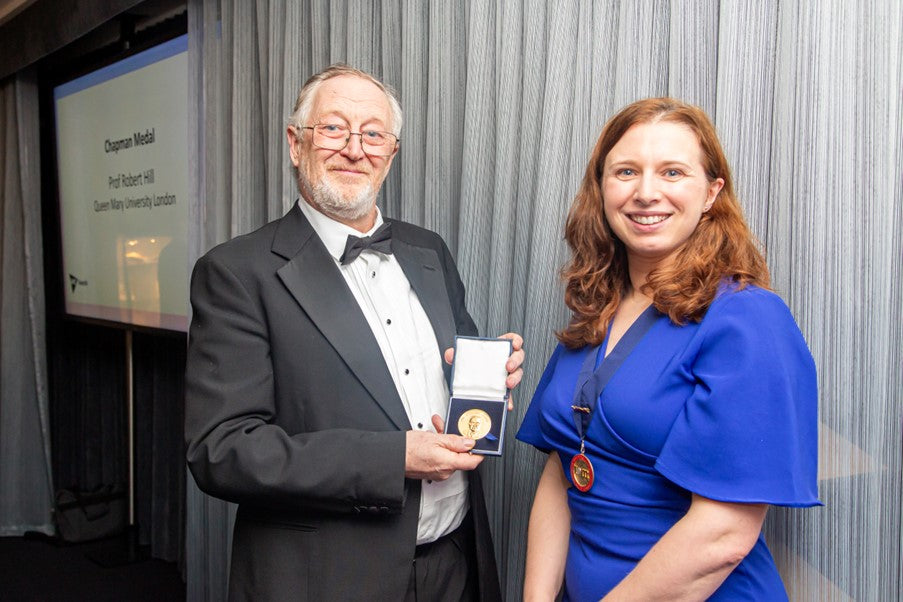

Fluoride – it’s not what it does, it’s the way that it does it.
It’s long been agreed that fluoride plays a vital role in preventing tooth decay. A mineral that occurs naturally in water, it acts to remineralise (harden) tooth enamel, strengthening it against decay. Fluoride, usually soluble fluoride, has been incorporated into toothpastes for many years, and in certain areas drinking water has been fluoridated, which has revolutionised the dental health of people living in those areas.
In Birmingham, for example, where water fluoridation was introduced in 1964, benefits to children’s teeth started to be seen within 6 years, with tooth decay in 5-year-olds down by 46%. Local dentists claimed they could tell immediately if a child lived in a fluoridated area or not. In the UK today around 6 million people have fluoride in their water supply – either because it occurs naturally or because it has been artificially added.
However, there can be risks associated with over-use of fluoride. Fluorosis, a discoloration of the teeth, can occur when too much fluoride is applied to the teeth while they are still developing. Thankfully severe fluorosis is rare, and studies around the world have concluded that the levels found in fluoridated water and fluoride toothpaste provide considerable benefits to dental health and the prevention of decay, without harmful side-effects. For this reason too, children’s toothpaste is required to contain lower levels of fluoride than adult toothpaste (see below).
But, the use of fluoride continues to be controversial. It can be toxic if consumed in high quantities – so while a little is beneficial, you can have too much of a good thing. As a result, for safety there are legal restrictions on the concentration of fluoride within toothpastes:
- Children under 3 years of age: 1000ppm
- Children over 3 years of age right through to adults: upto 1500ppm
1500 ppm is the upper limit allowed for over-the-counter fluoride toothpastes, so most regular pastes come in just below that at 1450ppm. For people at particular risk of dental decay, prescription grade toothpastes are available, in concentrations of up to 5000ppm. These are only available through a dental professional.
Did you know that most over-the counter toothpastes contain 1450ppm fluoride because this is the maximum concentration allowed before requiring a prescription?
But, the problem with all toothpastes based on soluble fluoride, however strong the concentration, is that the toothpaste is rinsed away by saliva so that after about an hour there is no therapeutic value left. So even if you use a high fluoride paste, the benefit doesn’t last. ‘It’s a blunt instrument,’ argues Professor Robert Hill, Head of Dental Sciences at Queen Mary University, London. ‘Simply increasing the amount of fluoride is not the solution – it just goes to waste.’
BioMin® F uses fluoride in a completely different way, with the effect that a much lower level of fluoride provides greater and longer lasting benefit.

Developed in the laboratories of Queen Mary University, BioMin F incorporates fluoride within the structure of a bioactive glass, together with an optimised ratio of phosphate and calcium ions. Because the fluoride is captured within the toothpaste’s structure, it adheres to the tooth surface and dissolves slowly over up to 12 hours, gradually releasing a continuous supply of fluoride, calcium and phosphate ions.
These work with the saliva to produce fluorapatite (FAP) which is deposited on the surface of the teeth and within the tiny dentinal tubules, remineralising and strengthening the tooth enamel. Fluorapatite has been demonstrated to be more stable than hydroxyapatite formed by earlier generations of bioactive glass toothpastes and, in a clever twist, BioMin F acts as a pH buffer as it releases, so when acidic food or drink is consumed the levels of mouth acid are kept in closer check.
Not only does brushing with BioMin F act to remineralise damaged and lost enamel, studies have shown it is also effective in combating symptoms of dentine hypersensitivity. Fluorapatite gradually plugs exposed dentinal tubules and prevents the fluid movement within them that triggers sensitivity. Because of the unique formulation of BioMin F, working on a slow release mechanism, a little fluoride goes a long way. The levels of fluoride within BioMin F equate to around 600ppm, although they are not measured in the same way as conventional toothpastes. So fears about fluoride are less of an issue, while the continuous sustained release over many hours means that twice daily brushing with BioMin provides protection around the clock.
BioMin® F for Kids, containing the same low but effective levels of fluoride as BioMin F, is available in a child-friendly strawberry flavour. It gives all the remineralisation benefits of an adult toothpaste, but with BioMin’s unique slow release technology – provides added protection for your children’s teeth.
Source of the article











